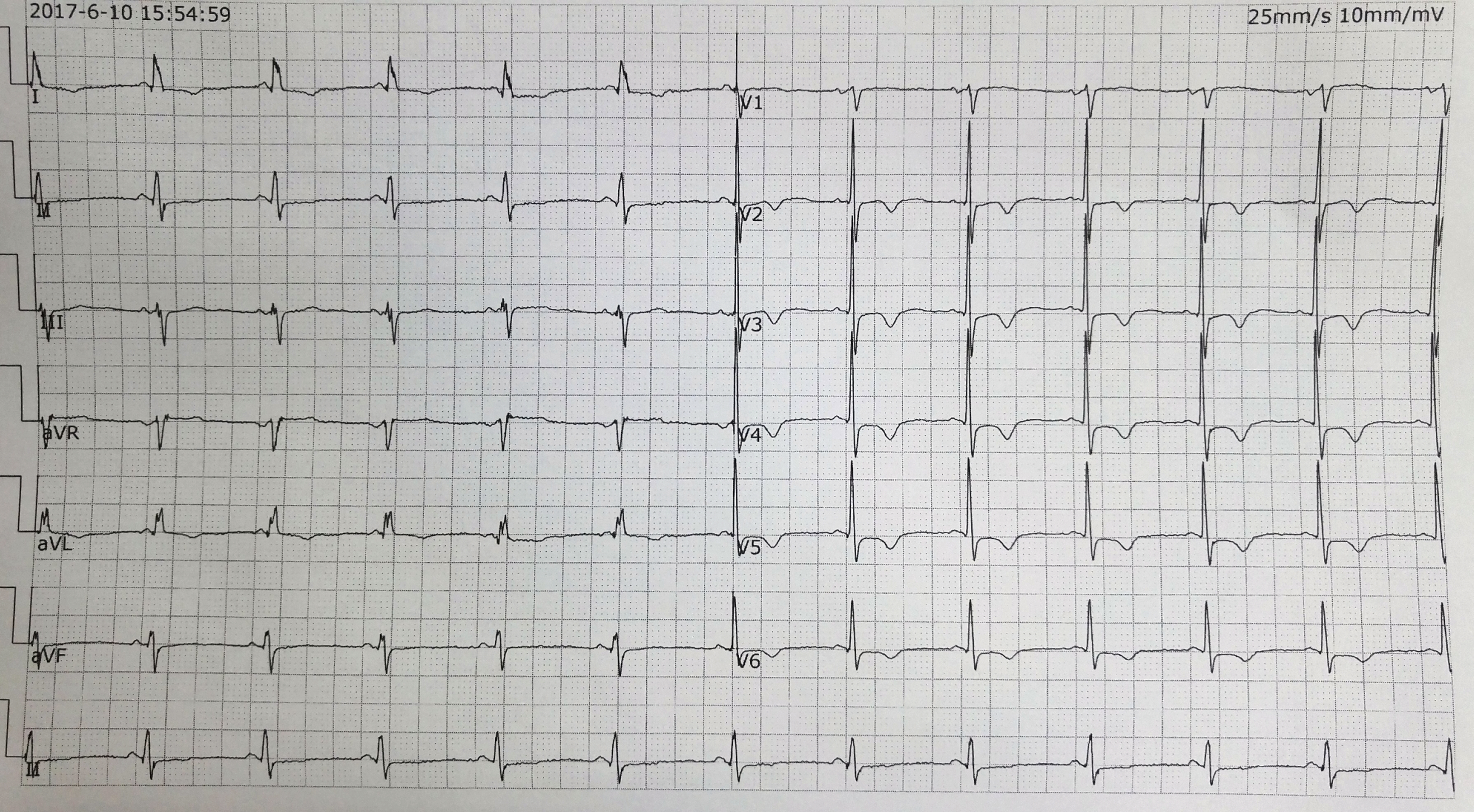Lots of interesting abstracts and cases were submitted for TCTAP & AP VALVES 2020 Virtual. Below are accepted ones after thoroughly reviewed by our official reviewers. Don¡¯t miss the opportunity to explore your knowledge and interact with authors as well as virtual participants by sharing your opinion!
* The E-Science Station is well-optimized for PC.
We highly recommend you use a desktop computer or laptop to browse E-posters.
CASE20191030_031
| CORONARY - Complications | |
| Coronary Rupture During Left Main Bifurcation PCI | |
| Changxi Chen1, Zhou Hao1 | |
| The First Affiliated Hospital of Wenzhou Medical College, China1, | |
|
[Clinical Information]
- Patient initials or identifier number:
cyy
-Relevant clinical history and physical exam:
A 81-year-old female was admitted to our hospital for recurrenteffort angina. She has no histories of hypertension, DM, cigarette smoking,family CAD or hypercholesterolemia.
-Relevant test results prior to catheterization:
Laboratory findin showed Cr:89umol/L, LDL-c:2.92umol/L, FBG:4.7mmol/L, cTNI:7.35ug/L(nomal peak 0.15ug/L), CK:444U/L,CK-MB:15U/L, D-dimer:0.67mg/L, Hb:105g/L. Anechocardiography showed an ejection fraction of 65.9%.
 - Relevant catheterization findings:
Coronaryangiography showed LM and triple-vessel disease: Left main (LM) bifurcationlesion, LM had 90% stenosis, and calcification in proximal left anteriordescending artery (LAD), LAD ostial had 60% stenosis after the first septalbranch, the left circumflex artery (LCX) had 80% stenosis ostial and was CTO indistal, and 60% stenosis in mid of RCA.
|
|
|
[Interventional Management]
- Procedural step:
asingle stent strategy ,LM-LAD crossover stent. A 3.5*24mm Zotarolimuseluting stent (Endeavor Resolute; Medtronic, Inc.USA) was deployed at 9atm in LAD-LM. The SeQuent 2.0*17mm DCB (B.Braun Melsungen AG, Germany), was deployedat 10atm*60sec in LCX. The stent was post-dilated with 3.5*15 quantum maverickballoon at 28atm in proximal LAD. The patient developed significanthypotension at that time. Injection showed extravasation of contrast wrappingaround the proximal of LAD. The 3.5*15 quantum maverick balloon was deployed at12atmin the proximal LAD to close the perforation.Her blood pressure was 86/ 65mmHg, pulse rate was bpm and rhythmic. Butthe hypotension was not improved. So, an 18-gauge 3.5-inch needle was attachedto a 10ml-ml syringe and was advanced between the xiphoid process and leftcostal margin at 450, directed toward the left shoulder in the blind approach, 1500mlof blood was aspirated. But still in refractory hypotension. We found that thecatheter was penetrated the right ventricular myocardium and arrived atpulmonary artery. So we pulled back the catheter. Contrast agent was used toconfirm the position of the catheter. The catheter was proved to present in thepericardial space, 210ml of blood was withdrawn. Continued with fluidresuscitation the patient became stable hemodynamics. She was discharged4days after PCI.
- Case Summary:
1.Too high-pressure inflation of resistant resistant lesion may increase the risk of coronary artery perforation2.Pericardiocentesis: step-by-step procedure is very important. confirmed correct placement of the drainage catheter is the key process, which can not be skipped .Confirm needle position with agitatedsaline under echocardiographic guidance, or contrast with fluoroscopy. Under fluoroscopy, demonstration thatthe guidewire passes both sides of the interventricular septum in a leftanterior oblique (LAO) view confirms positioning in the pericardial sac.
|
|